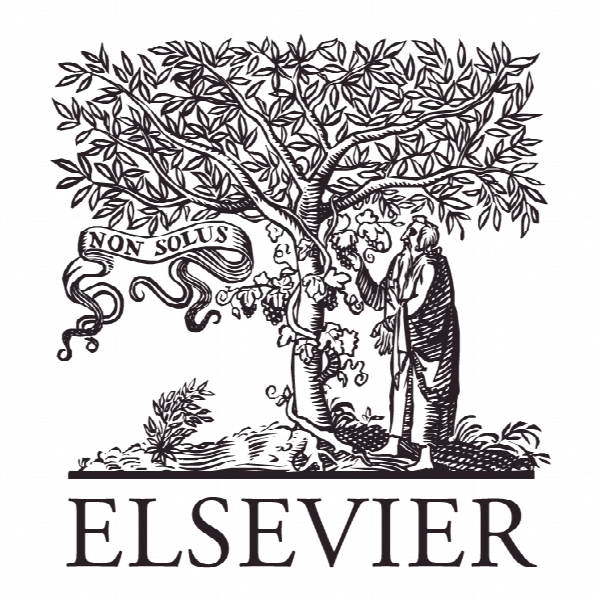یک ارزیابی مشارکتی روش های نقشه برداری برای سنجش مزایای پارک شهری An evaluation of participatory mapping methods to assess urban park benefits
- نوع فایل : کتاب
- زبان : انگلیسی
- ناشر : Elsevier
- چاپ و سال / کشور: 2018
توضیحات
رشته های مرتبط مهندسی معماری، شهرسازی، عمران، جغرافیا
گرایش های مرتبط طراحی شهری، سیستم اطلاعات جغرافیایی، برنامه ریزی شهری
مجله چشم انداز و برنامه ریزی شهری – Landscape and Urban Planning
دانشگاه California Polytechnic State University – United States
منتشر شده در نشریه الزویر
کلمات کلیدی انگلیسی Urban parks, Physical activity, Benefits, Public participation GIS, PPGIS, Urban planning
گرایش های مرتبط طراحی شهری، سیستم اطلاعات جغرافیایی، برنامه ریزی شهری
مجله چشم انداز و برنامه ریزی شهری – Landscape and Urban Planning
دانشگاه California Polytechnic State University – United States
منتشر شده در نشریه الزویر
کلمات کلیدی انگلیسی Urban parks, Physical activity, Benefits, Public participation GIS, PPGIS, Urban planning
Description
1. Introduction Urbanization is a dominant global trend with over half the world’s population now living in cities (United Nations, 2015). Urban parks and greenspaces are widely held to contribute to human well-being and quality of life (Chiesura, 2004; Larson et al., 2016), but the empirical evidence for the link between human well-being and urban green space is weak due to poor study design, confounding effects, bias or reverse causality, and weak statistical associations (Lee & Maheswaran, 2011). The diversity and variability in urban populations, in combination with the heterogeneity of urban physical environments, make assessing urban greenspace benefits challenging. Urban design and planning outcomes that provide for parks and conserve greenspaces appear broadly justified based on perceived benefits, but parks and greenspaces do not contribute equally to the collective benefit enjoyed by urban inhabitants. In many cases, physical, psychological, and social health benefits appear inequitably distributed across urban populations (Jennings, Larson, & Yun, 2016). Further, perceived access to urban parks (Wang, Brown, Liu, & Mateo-Babiano, 2015) or a favorable orientation to nature (Lin, Fuller, Bush, Gaston, & Shanahan, 2014) appear more important than geographic access or proximity in predicting urban park use. A variety of social research methods have been used to examine the putative benefits of urban parks and greenspaces. Participatory mapping methods, alternatively called public participation GIS (PPGIS), participatory GIS (PGIS), or volunteered geographic information systems (VGI), are increasingly used as a social research tool to assess the multiple benefits of urban parks and greenspaces. These methods offer an alternative to self-reporting surveys, activity logs, and direct observation methods such as SOPARC (McKenzie, 2005) for identifying the public health benefits from park activities (Brown, Schebella, & Weber, 2014). Further, these participatory mapping methods have the flexibility to identify broader social values and cultural ecosystem services associated with urban greenspaces (Tyrväinen, Mäkinen, & Schipperijn, 2007; Ives et al., 2017; Rall, Bieling, Zytynska, & Haase, 2017; Ribeiro & Ribeiro, 2016). Participatory mapping methods for assessing urban park and greenspace benefits have multiple threats to research validity. Some of the key validity issues for the spatial mapping of benefits include the variables/constructs being mapped, spatial scale of the study area (e.g., park, suburb, or entire urban area), physical landscape variability (e.g., water, vegetation, topography), park/greenspace facilities/amenities, distance from domicile, accessibility, park/greenspace classification, and population sampling representativeness. To date, these methodological issues have not been comprehensively addressed within the same study, with reported studies examining a subset of these research issues. In this study, the research objectives are to: (1) assess whether findings about the distribution of park benefits (physical, environmental, psychological, social) identified in previous participatory mapping studies that were limited in scope and scale are applicable to a large, diverse urban park system; and (2) examine the methodological challenges for scaling-up participatory mapping methods to assess urban park benefits in a large urban park system.


